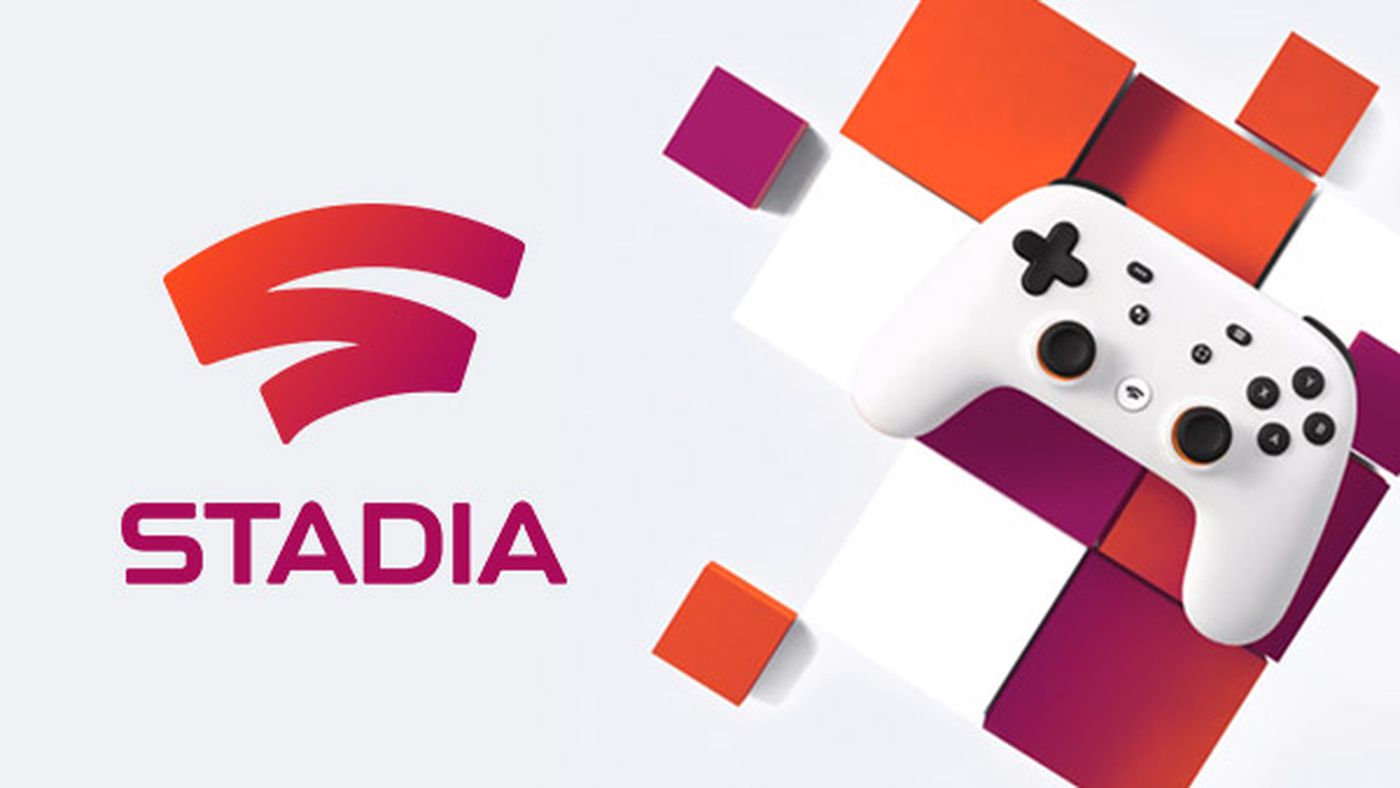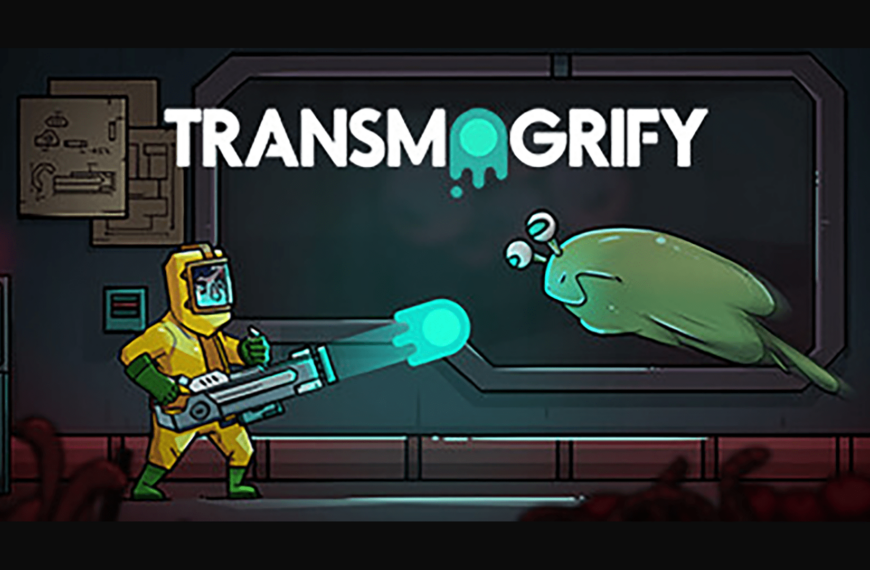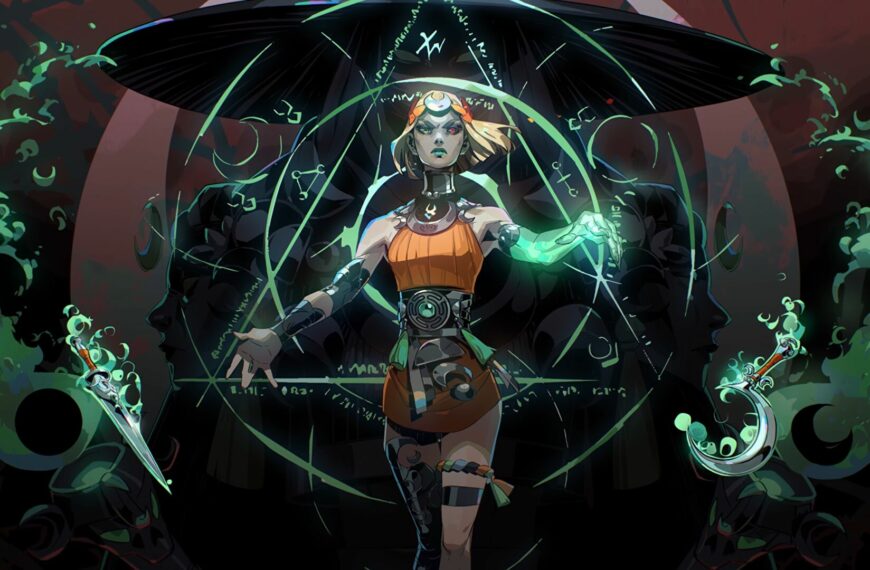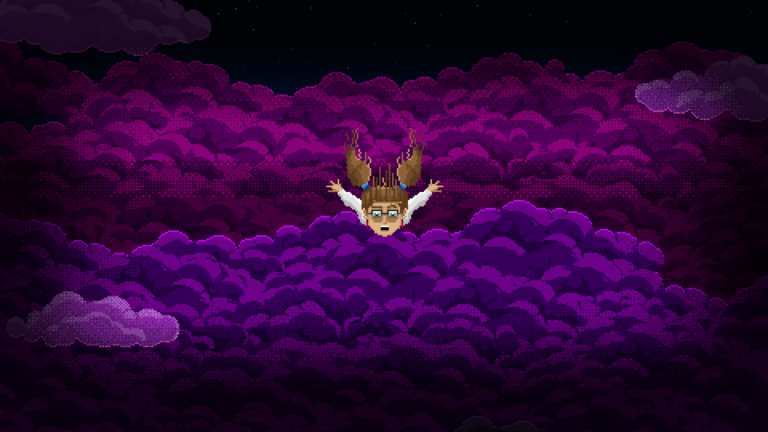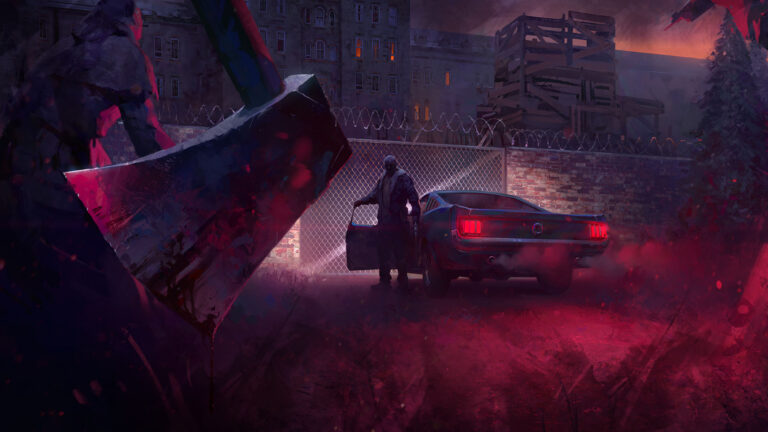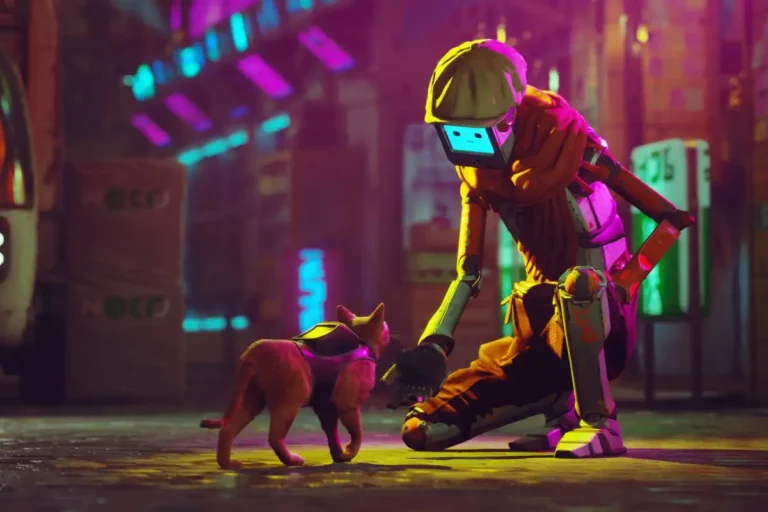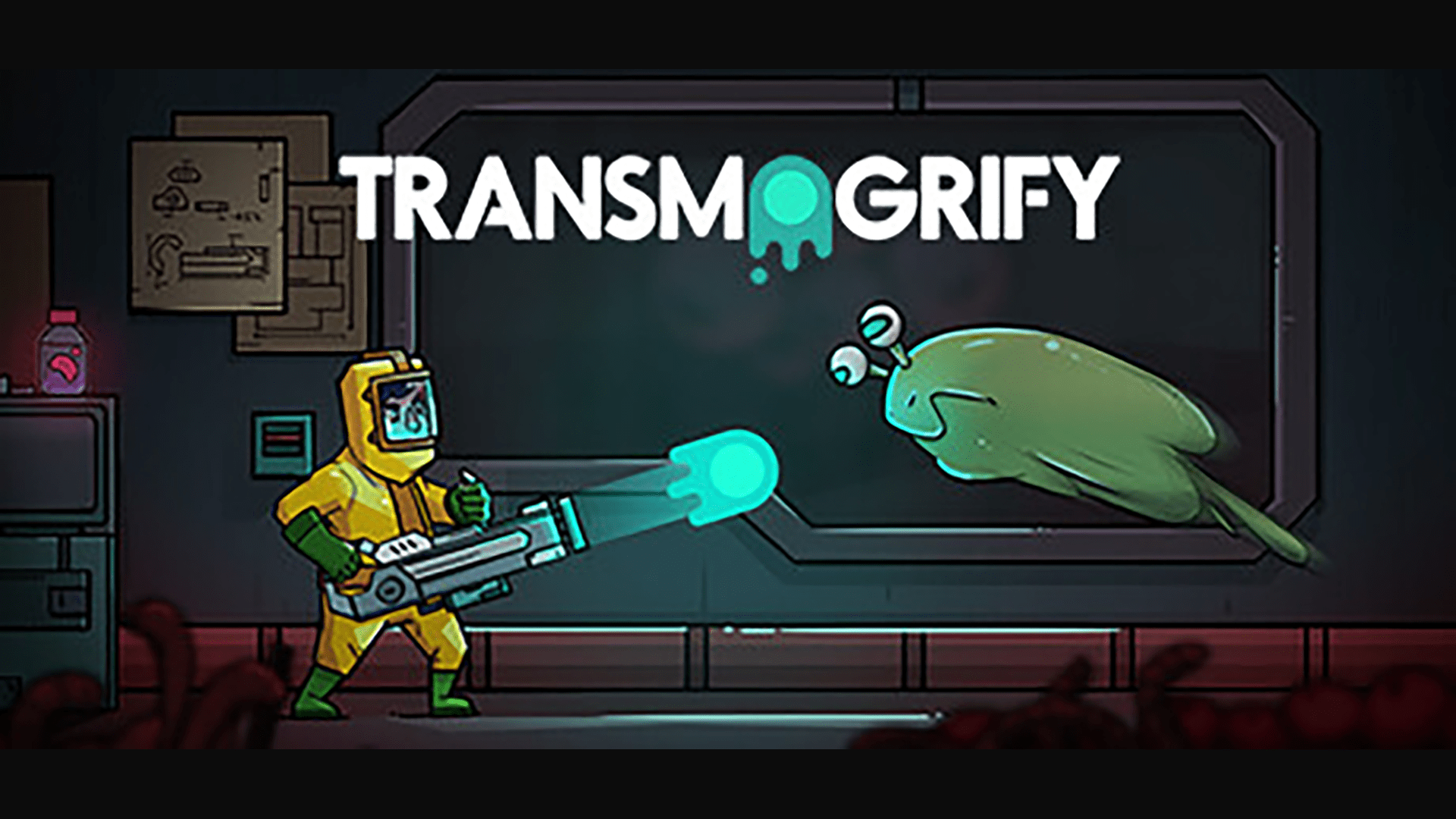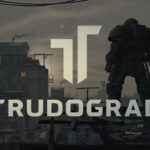I’ve been with Stadia from the start, sunk countless amounts of money into it, and all I have to show for it is this article…
I saw something today. Overcooked has just been released on Stadia; semi-voluntarily I yank open my desk drawer and there it is, my Founder’s Edition Stadia controller, a layer of dust coating its keys. Now, to be clear, I still regularly use Stadia, at least a couple of times a week I’ll get out my phone or boot it up on my laptop or chromecast to play some Red Dead Redemption or, more often, Elder Scrolls Online. There’s a few reasons why I do this, it’s nice to have all my games easy to access on all my devices, games like Red Dead 2 and Elder Scrolls Online take up a lot of hard drive space so it’s good to have those in the cloud, and at the time of launch Stadia easily had the smoothest and easiest to use cloud gaming service available. Whether or not that last point is still the case, I’ll get to later.
I remember the lead-up to Stadia’s release, I was excited for it, and largely I was the only one. It was announced with a flurry of information and fancy-sounding features that pulled me right in; it was set to use all the power of Google’s extensive data centres to create the most responsive and fully-featured cloud gaming service ever made, they promised fascinating features that can only be achieved in the cloud, and it seemed far ahead of any other major cloud gaming services that existed at the time. Of course, as we now know, I was one of the few who actually believed what Google was saying.
Before we talk about what actually happened to Google Stadia, it’s worth looking at the history of the service, as it’s important to understand why this service was dead on arrival.

In the beginning there was Stadia
Let’s talk about the PS3, more specifically, PlayStation Home. In 2007 this unique service was unveiled to the public by none other than Phil Harrison, and this was one of the biggest moments of his life at the time, this crazy idea for a service was somewhat his brain child. He took what was, at first, an idea for a virtual gaming hub and made it a source of significant investment from Sony, with some calling it his ‘pet project’. Of course, that service had a rocky lifespan, and eventually Harrison left Sony to explore new pastures, skipping ahead a few years and Harrison has moved up, or diagonally, in the world, and is a major player in the idea behind the brand new (at the time) Xbox One, in fact, many have claimed that he was the one pushing for the infamous need for the console to be always online. Ironically, if such a thing was proposed in 2022, it might have gone down just a bit better, but even so, it was another blunder, not quite a failure, but I think we can all agree that the Xbox One definitely did not win out during the eighth generation of consoles.
You’re probably wondering where I’m going with this seemingly random man’s biography; only a couple of years later, Phil Harrison finds himself in the employ of Google, and the big G wants to break into the world of gaming. Who better to helm this new project than the man responsible for major elements of consoles in the last two generations of console, and you can’t say that Phil Harrison doesn’t have a history of… ‘unique’ ideas. Moving ahead now. In 2018, Google did a short demo where you could play Assassins’ Creed Odyssey from a chrome browser. At the time they didn’t state why they did this, but people had theories. It was a good demo, it played smoothly and outlets reported on it positively, but after it was over it was largely forgotten… that is, until GDC in 2019, when Google held a panel, and Phil Harrison got up on stage.
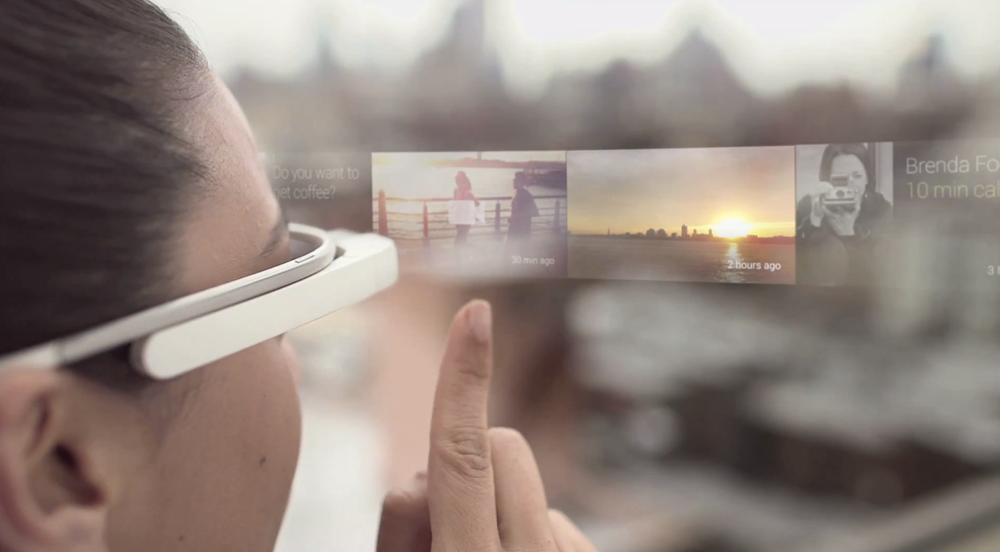
‘Our vision for Stadia is simple, one place for all the ways we play.’ This was the opening sentiment of the 2019 Google GDC talk, which set forth a pretty compelling business structure. The promise of a good deal for players, good relationships with devs, and easy marketing through youtube creators. The promised features of the platform supported this too, a demo is shown of a trailer for Assassin’s Creed Odyssey, the end card of which contains a button that takes you right to the game to be played in your browser, on the spot. Picture-in-picture for players in your party, achievable through the huge amount of processing power Stadia can manage, save states accessible through a short link you can send to anyone to play from where you were instantly, and a special controller that connects directly to Google’s data centres for the lowest possible latency. This all sounds great, and at first a lot of tech-hungry types were excited for this interesting new way to play the biggest and best games, myself included.
Others, however, were a little more sceptical, and Google’s history justified that scepticism. From the defunct Google Glass, to the modular phone concept Project Ara, to the sonar-based Project Soli, that eventually got used in the Pixel 4, the phone that is often cited as the downfall of the Pixel lineage; Google has a long history of going outside their comfort zone, not knowing what they’re doing, and giving up after not immediately seeing ROI. Am I foreshadowing what’s to come? You’ll have to wait and see.
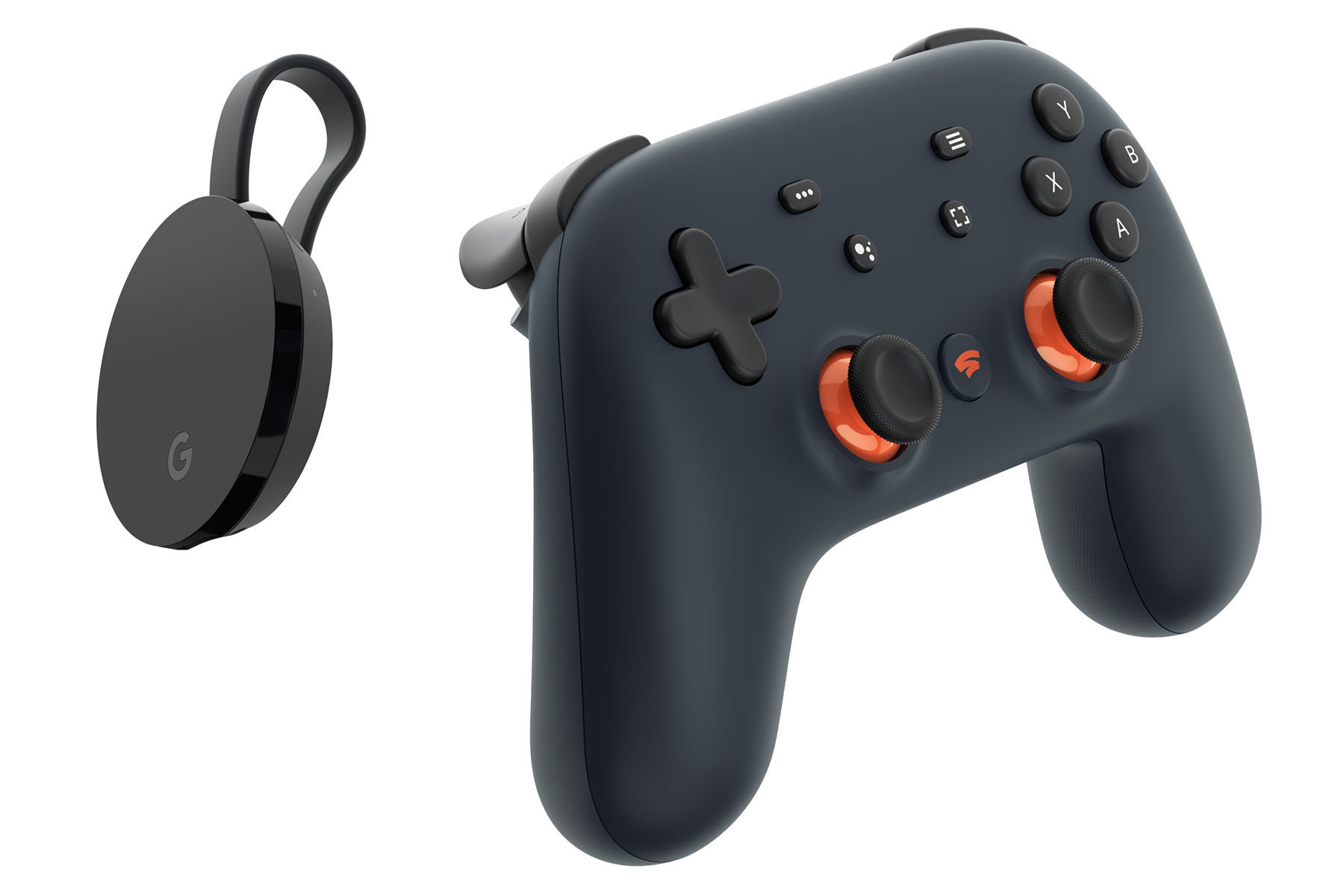
Ending with a promise of launching the service in 2019, there wasn’t long to wait to experience the future of gaming. At the time, I was a big proponent of cloud gaming, and I still am. I think that on a macro scale, it’s the only place the games industry can realistically go in the long term. It used to be the case that the power of technology doubled every two years, but the last few years that’s been slowing down; we’re hitting the wall, and the only way out is using what we have. In the cloud you can have unlimited storage, unlimited computing power, and service-changing updates without having to roll out an entire new system, it’s the only way to move forward as we move forward. For me, Google Stadia was realising this concept years before I thought it’d be happening, and the day pre-orders opened for founders editions I had my cash ready.
In the latter half of 2019 I got a package from Google, it contained a letter of thanks, a chromecast with official custom firmware, and a founder’s edition Google Stadia controller. The future was in my hands, all I needed to do was download an app.
Also Read
Transmogrify PC Review: The Best Way To Defeat An Enemy
Transmogrify is a game with a strong central idea let down by a shoddy execution resulting in an experience that is…
Defy the Gods as a Witchy Moon Goddess in Hades 2
Supergiant announces Hades 2 for 2023 at the 2022 Game Awards. The sequel promises dark sorcery, witchery, and more frenetic roguelike…
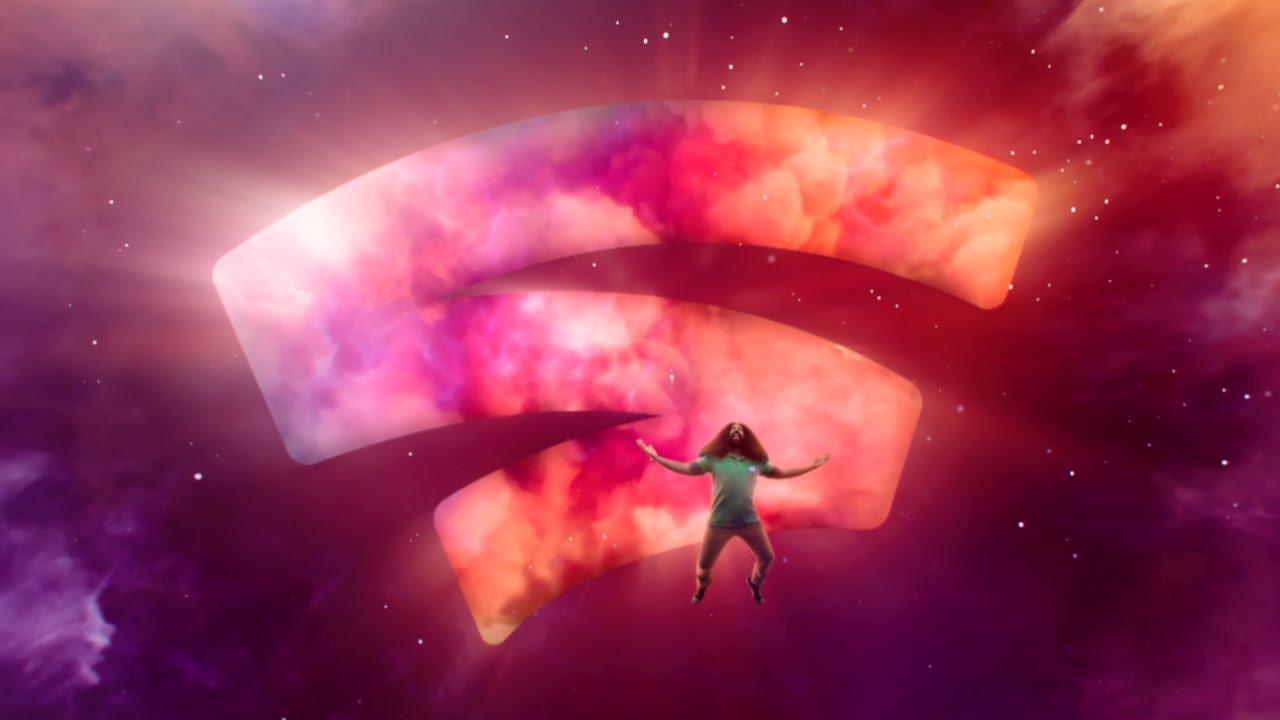
Stadia descends upon the earth
We all know what happened next; or, more likely, you have no idea whatsoever, which is entirely the point. You see, I’ve purposefully avoided talking about the time in-between GDC and launch, and that’s because this is where it all fell apart. Many people assumed Stadia was a bad service purely based on hearsay. Google wasn’t trusted by gamers and There was a massive debate that spanned the whole internet about game ownership in a cloud-based world. Actually, if I can take a second to be self-indulgent (as though I haven’t already), the whole conversation baffled me. The debate seemed to revolve around the idea that if you have something downloaded on a hard drive or on a disc then you have some immutable means of accessing that game, but this totally ignores that physical game ownership hasn’t been a thing since the start of the seventh gen. Once gen 7 hit, game ownership immediately died. Look at us now, whilst yes you can play a game you have physically on a disc, many games now release with day one updates and future update support, assuming the game doesn’t have a major online element to begin with. That, however, is a tiny concern in the face of digital storefronts. Having a game downloaded on your PC or console hard drive doesn’t mean anything at all in terms of ‘ownership’, at any point Valve or Sony or Microsoft or Nintendo could snap their fingers and you wouldn’t be able to open a single one of those games. Ownership has been dead for just over a decade now, and it’s insane no one noticed.
That aside, the debate raged strong, and was a major harming factor in the lead-up to launch. Even for those interested in the service, how the service actually works was convoluted at best, frustratingly confusing at worst. Here’s how it works; there are two tiers of Stadia, the free tier and the paid tier; Stadia Pro. Now, with a free account you get nothing. With Stadia Pro you can get access to a free game once a month that’s added to your account permanently, except you can’t play it if you end your subscription. Also if you don’t claim the game in the arbitrary amount of time it’s available free for, you have to pay full price. Now, if you pay full price for a game, you can play it on a free or paid account, no restrictions. Except the restriction that you only get to play it in 1080p max, and only pro players get 4k access. Are you with me so far? I certainly hope so because that’s just the basics. And you may think I’m making ‘you can pay for games but you can also get games with gold/ps plus’ sound overly complicated, and I am, but Google did the exact same thing. Instead of finding a way to simplify the description of the service, they consistently posted complex and detailed infographics, some of which went between 200-500 words describing the service and your options. Google actively made it as hard as possible to figure out how the service was going to work when it launched, and it pushed many who were initially on board away. All this, not to mention the atrocious adverts they made that also only confused people on what the service is by focusing on what it isn’t.
Liked this list? Why not try Josh’s List of 5 Indies that Belong in a Museum.
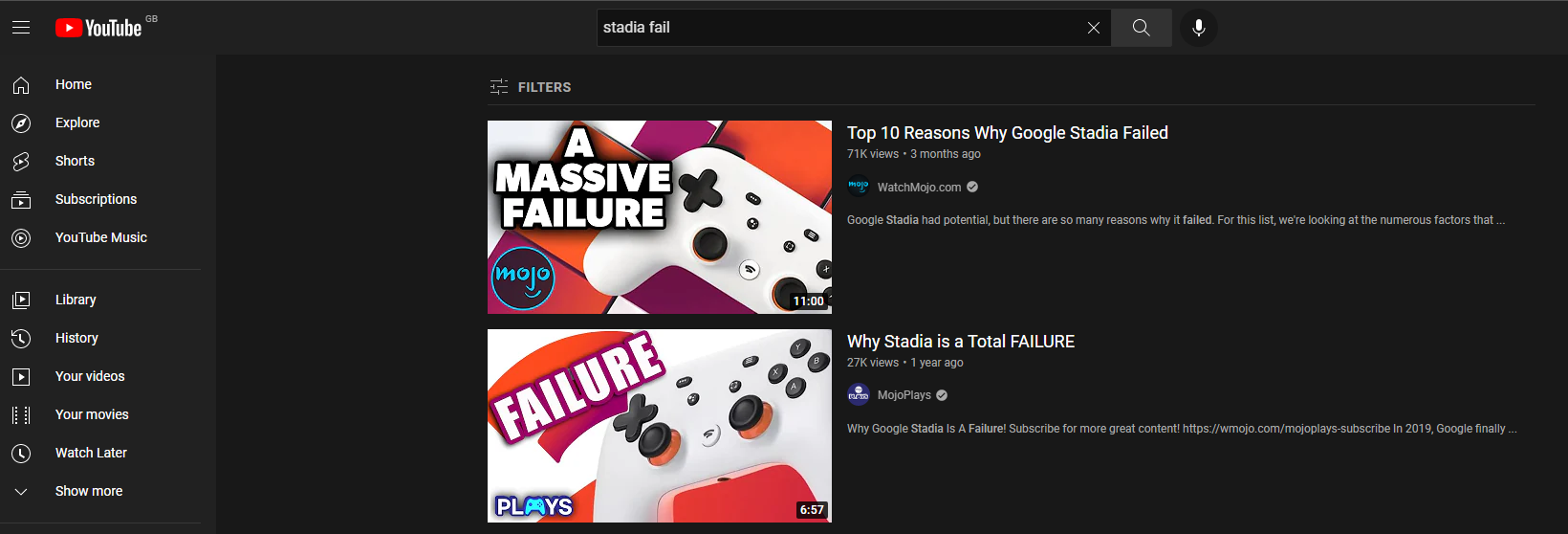
But there I was, controller in my hands on day one, the founders edition included a copy of Destiny 2 (mere months before the game went free-to-play) and two months of Stadia Pro, which initially didn’t offer any extra games. However, I bought myself a copy of Metro Exodus and (at the time) system exclusive game Gylt, and for a couple of weeks, I was pretty happy with the service. I won’t beat around the bush here, in 2019, and even beyond that, debatably until the last couple of months, Google Stadia was the best cloud gaming offering you could get your hands on. Compare it to Geforce Now, which not only relied on you already owning the games on other platforms, but also ran on underpowered PCs that were prone to bugs and false starts, leaving you staring at a windows 10 screen with nothing to do. It’s the same story with what was, at the time, called Xcloud, a beta service Microsoft was testing out (keep an eye on this one for later). Xcloud in 2019 and 2020 was chronically prone to stuttering, freezing and crashes in every game, no matter what. Like Geforce Now, it also ran off a system, one that would put you into an ugly service screen before putting you into the game. Compare this to the clean startup of Google Stadia, getting you straight into the game. Even now, Google’s penchant for machine learning shines through and no matter what your connection it will always prioritise input response time over anything else, which is pure genius, even when the stream goes down to 240p you can still slay demons as quick as you need to in Doom Eternal.
To this day I maintain that, once you’re past the initial confusing service points, Google Stadia is the most accessible and most high-quality game streaming service on the market. This is largely thanks to Google themselves. You’re guaranteed to be close-enough to one of the hundreds of access points around the world in order to route directly into Google’s servers. This was something they said was an important feature in 2019, one of many, and the only one that was available when the service actually launched. Remember earlier when I said that they planned to have buttons you could click in youtube videos, save states and a whole host of other features? Well, none of them were there when the platform launched, hell, the google assistant wasn’t even available in-game at launch, and there’s an assistant button on the controller! This was the straw that broke the camel’s back for many detractors, and from the day it launched Stadia was mercilessly dunked on across the gaming world.
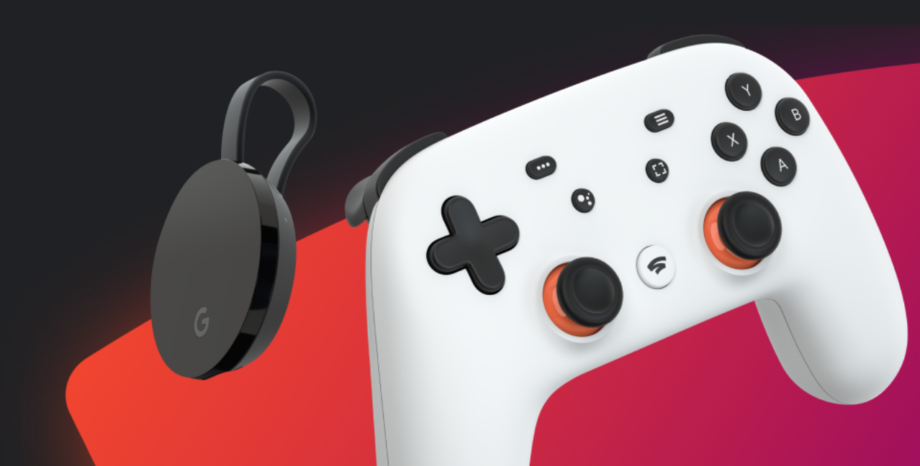
I found myself within a dark woods where Stadia was lost
It was all downhill from here. Stadia released to the world unfinished, unloved, and overburdened with hate and expectation. Year on year Stadia massively goes under required playercounts, The Red Dead Online servers are almost entirely empty at all times, and Google themselves have admitted defeat. Perhaps not directly, but through action. Stadia’s yearly budget is less than a quarter of what it was in 2020 only two years later, and Google has been openly and actively selling the Stadia infrastructure as a service that publishers can use to set up their own streaming services. Google Stadia still works, it works exactly the same as it did at launch, in fact they eventually added all of the features they promised, and then they stopped. Releases are infrequent to the point of Overcooked being a major story. Stadia is stagnated, not dead, still there, but Google distances it, Phil Harrison and all the other major players have jumped ship, and from reports it’s being run by a skeleton team.
I genuinely wish them luck with selling the technology to publishers, it’s undoubtedly better than anything they’d make themselves, but the fading of Stadia does leave the question, what next? I still think cloud gaming is the future, but Stadia isn’t the first time it failed. There is a dark horse in our midst, though. We are a little bit into the ninth console generation now, and it’s already seemingly clear that Xbox has beaten the competition with no contest. Whilst PlayStation is still trying to go for more power and more exclusives, Xbox is thinking differently. Game Pass was originally hailed as netflix for games, but it’s become so much more. If you pay for Game Pass Ultimate now, which you can get the first month of for one dollar, you instantly gain access to hundreds of console games, hundreds of PC games, games with gold, Spotify, EA Play, Netflix and, most importantly, Xbox Game Cloud. It’s no longer a Beta, and as of a week ago you can play Fortnite for free from the cloud on any device without paying a cent, you don’t even need game pass ultimate. Xbox have done the unthinkable by attaching cloud gaming to services everyone is already familiar with. The total shift that is cloud gaming is much easier to stomach if it’s presented as just an option.
But who knows, maybe Xbox Game Cloud will fail as well, but I know that one day we will be forced to move into the cloud, as we have with TV, Music, Movies, Work, Business, Money, and every other aspect of our lives. It’s only a matter of time, the sea is flowing that way and the tide is coming in. Until that day comes, I’ll still be here, dipping in and out of Stadia until it inevitably gets shuttered. I know this was a little different from what we normally do, but it’s an interesting topic that’s worth exploring, and a cautionary tale that I’m sure we’ll see again. If you want to read more content like this, check out the other articles here on Indie Game Fans, and be sure to stick around for all the latest indie game news, and apparently think pieces on semi-defunct tech.

